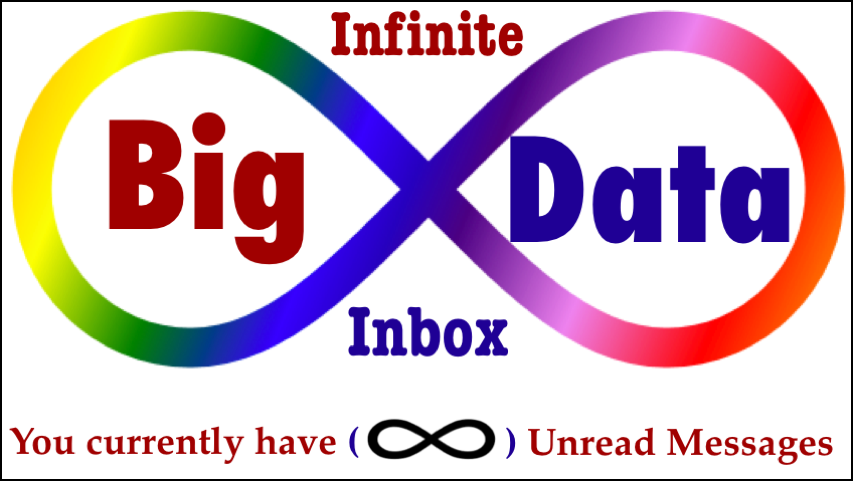On Philosophy, Science, and Data
/Ever since Melinda Thielbar helped me demystify data science on OCDQ Radio, I have been pondering my paraphrasing of an old idea: Science without philosophy is blind; Philosophy without science is empty; Data needs both science and philosophy.
“A philosopher’s job is to find out things about the world by thinking rather than observing,” the philosopher Bertrand Russell once said. One could say a scientist’s job is to find out things about the world by observing and experimenting. In fact, Russell observed that “the most essential characteristic of scientific technique is that it proceeds from experiment, not from tradition.”
Russell also said that “science is what we know, and philosophy is what we don’t know.” However, Stuart Firestein, in his book Ignorance: How It Drives Science, explained “there is no surer way to screw up an experiment than to be certain of its outcome.”
Although it seems it would make more sense for science to be driven by what we know, by facts, “working scientists,” according to Firestein, “don’t get bogged down in the factual swamp because they don’t care that much for facts. It’s not that they discount or ignore them, but rather that they don’t see them as an end in themselves. They don’t stop at the facts; they begin there, right beyond the facts, where the facts run out. Facts are selected for the questions they create, for the ignorance they point to.”
In this sense, philosophy and science work together to help us think about and experiment with what we do and don’t know.
Some might argue that while anyone can be a philosopher, being a scientist requires more rigorous training. A commonly stated requirement in the era of big data is to hire data scientists, but this begs the question: Is data science only for data scientists?
“Clearly what we need,” Firestein explained, “is a crash course in citizen science—a way to humanize science so that it can be both appreciated and judged by an informed citizenry. Aggregating facts is useless if you don’t have a context to interpret them.”
I would argue that clearly what organizations need is a crash course in data science—a way to humanize data science so that it can be both appreciated and judged by an informed business community. Big data is useless if you don’t have a business context to interpret it. Firestein also made great points about science not being exclusionary (i.e., not just for scientists). Just as you can enjoy watching sports without being a professional athlete and you can appreciate music without being a professional musician, you can—and should—learn the basics of data science (especially statistics) without being a professional data scientist.
In order to truly deliver business value to organizations, data science can not be exclusionary. This doesn’t mean you shouldn’t hire data scientists. In many cases, you will need the expertise of professional data scientists. However, you will not be able to direct them or interpret their findings without understanding the basics, what could be called the philosophy of data science.
Some might argue that philosophy only reigns in the absence of data, while science reigns in the analysis of data. Although in the era of big data there seems to be fewer areas truly absent of data, a conceptual bridge still remains between analysis and insight, the crossing of which is itself a philosophical exercise. So, an endless oscillation persists between science and philosophy, which is why science without philosophy is blind, and philosophy without science is empty. Data needs both science and philosophy.






